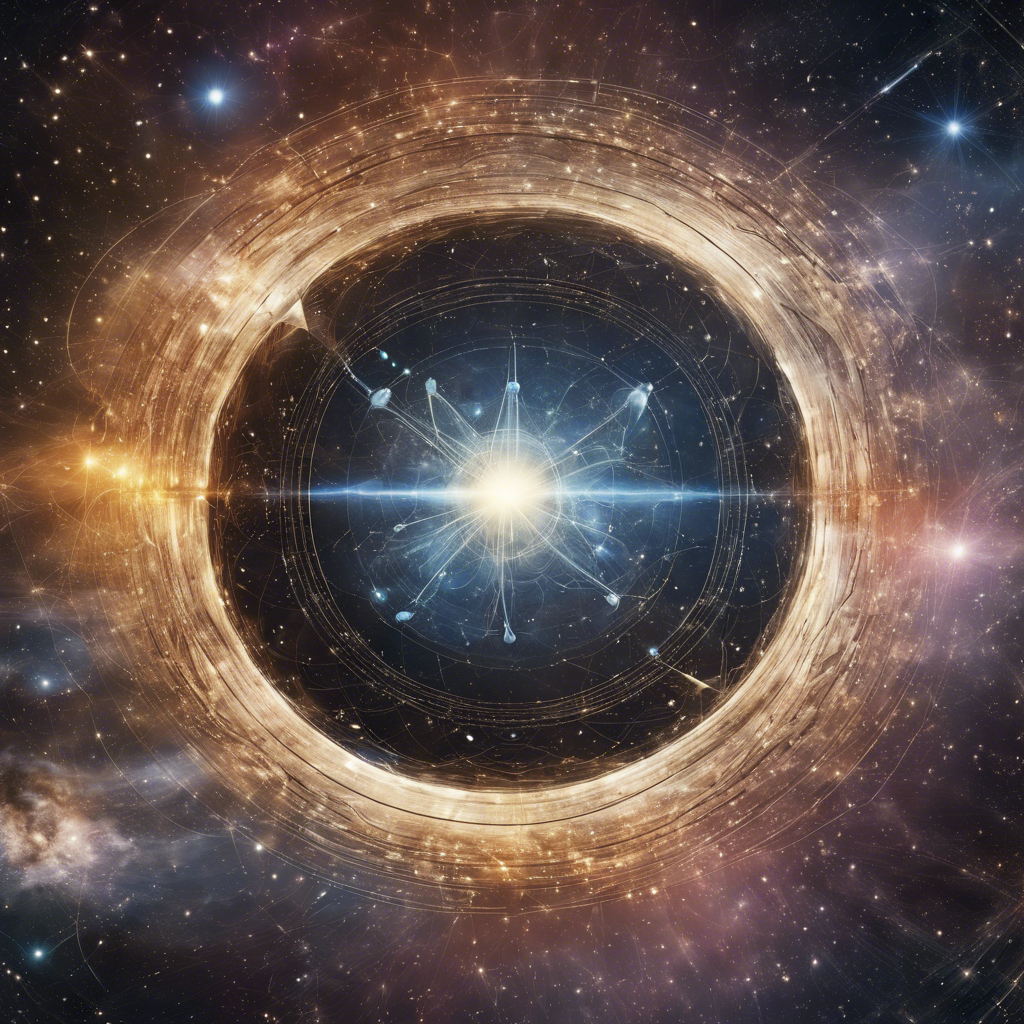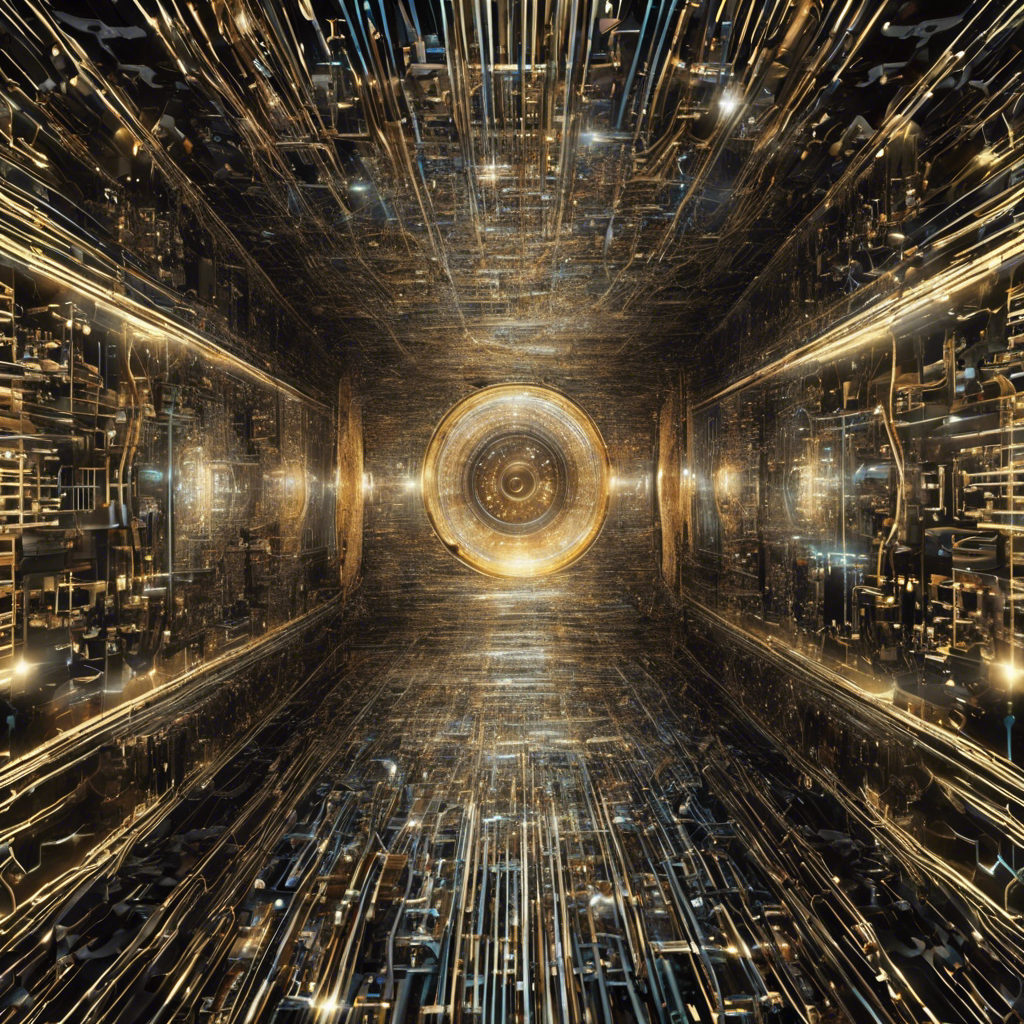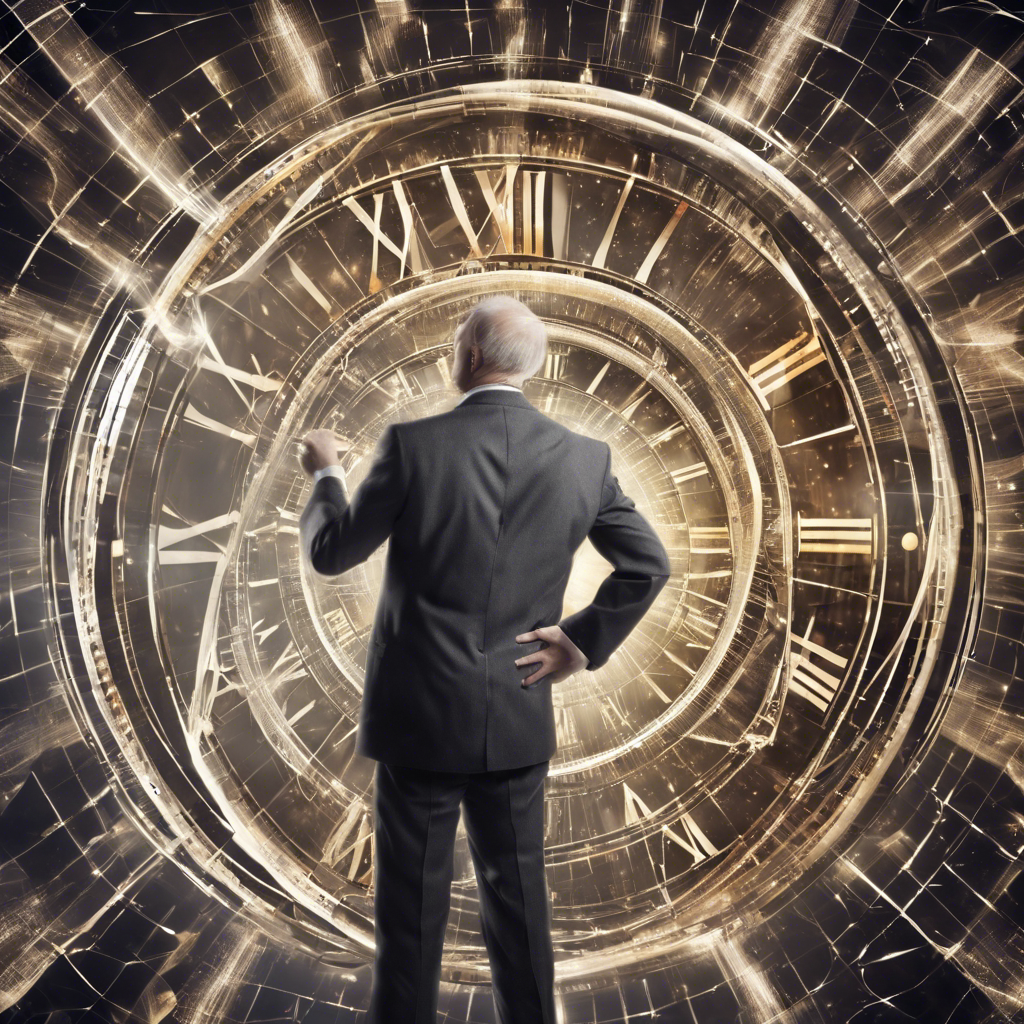A closer look at 10 cases where questionable scientific findings made headlines
Science is an ever-evolving field, constantly pushing the boundaries of knowledge and uncovering new truths about the world around us. However, not all scientific claims are created equal. In 2023, several dubious findings made waves in the scientific community, challenging established theories and capturing public attention. In this article, we will examine 10 cases where bad science may have fooled you, unraveling the truth behind these controversial claims.
10.) Astronomers found the Universe’s first stars.
The discovery of the Universe’s first stars would be a groundbreaking achievement, shedding light on the early stages of cosmic evolution. However, despite tantalizing hints, these elusive stars remain undiscovered. While astronomers continue their quest, it is important to approach such claims with caution until solid evidence is presented.
9.) Dark matter is wave-like in nature.
Dark matter, the mysterious substance that makes up a significant portion of the Universe, has long baffled scientists. A recent study claimed that dark matter behaves like waves, challenging the prevailing particle-like model. However, this conclusion is based on one poorly-observed system, making it premature to draw sweeping conclusions about the nature of dark matter.
8.) JWST’s distant galaxies disprove the Big Bang.
The James Webb Space Telescope (JWST) has provided us with unprecedented views of distant galaxies, sparking excitement and speculation. Some have claimed that these observations undermine the Big Bang theory. However, deviations from expectations are slight and consistent with modern cosmology, reinforcing rather than refuting our current understanding of the Universe’s origins.
7.) The expanding Universe is a mirage.
A controversial study suggested that the expansion of the Universe, a fundamental concept in cosmology, may be an illusion. By challenging the precise measurements of hydrogen’s 21 cm transition, the study proposed an alternative explanation. However, terrestrial laboratory experiments contradict the study’s unphysical assumptions, reinforcing the validity of the expanding Universe model.
6.) The Universe is actually 26.7 billion years old.
The age of the Universe has long been a subject of scientific inquiry. A recent claim that the Universe is 26.7 billion years old, more than double the current estimate, raised eyebrows. However, historical observations, such as those from the Oklo natural reactors, rule out this alternative age, reaffirming the consensus view of a 13.8 billion-year-old Universe.
5.) LK-99 is a room-temperature superconductor.
The discovery of a room-temperature superconductor would revolutionize technology as we know it. However, claims of such a breakthrough require rigorous scrutiny. In the case of LK-99, the resistance never drops to zero, indicating that it behaves as a conductor rather than a superconductor. Thus, further evidence is needed to support this claim.
4.) Exoplanet K2-18b is an inhabited ocean world.
The search for habitable exoplanets has captivated the public’s imagination. K2-18b, an exoplanet with signs of water vapor in its atmosphere, sparked speculation about the possibility of life. However, the significance of the data is subject to interpretation, and the claim crumbles without the detection of dimethyl sulfide, a crucial molecule for supporting the inhabited ocean world hypothesis.
3.) Time ran slower in the cosmic past.
The concept of time dilation in the cosmic past has fascinated scientists and the public alike. However, it is important to understand that time’s passage remains unchanged, while cosmic expansion dilates propagating light. The observed redshift of distant galaxies is a result of the expansion of the Universe, rather than a slowdown of time itself.
2.) Binary stars prove (or disprove) MOND.
The Modified Newtonian Dynamics (MOND) theory challenges the existence of dark matter. Some claimed that observations of binary stars could provide evidence for or against MOND. However, the uncertainty surrounding this method leads to unreliable conclusions, making it difficult to definitively support or refute the theory.
1.) We’ve found alien technology on the ocean floor.
The prospect of discovering alien technology on Earth is both thrilling and controversial. However, claims of finding extraterrestrial artifacts on the ocean floor lack robust evidence. The supposed metal spherules are more likely the result of industrial pollution, highlighting the importance of demanding overwhelming evidence before accepting extraordinary claims.
Conclusion:
In the ever-evolving landscape of scientific discovery, it is crucial to approach controversial claims with skepticism and critical thinking. The 10 cases examined in this article demonstrate the need for rigorous evidence, reproducibility, and scientific consensus. While science continues to push the boundaries of knowledge, distinguishing between genuine breakthroughs and dubious claims is essential to maintain the integrity of the scientific enterprise.











